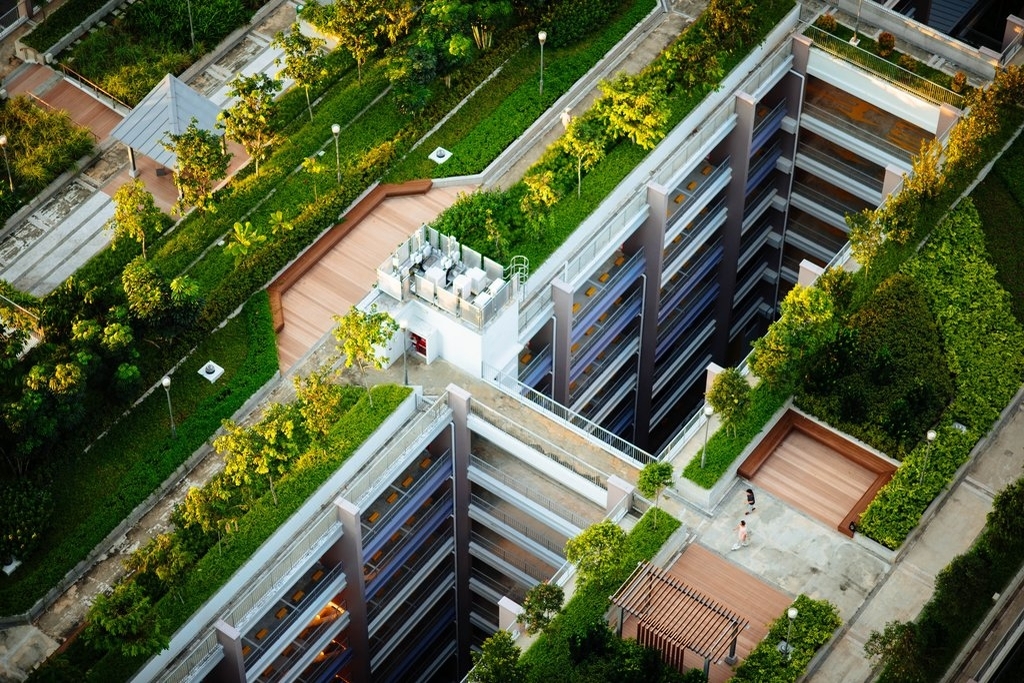The smart Trick of City Blooming That Nobody is Discussing
Wiki Article
The Facts About City Blooming Uncovered
Table of ContentsCity Blooming Can Be Fun For EveryoneCity Blooming Things To Know Before You BuyThe Of City Blooming3 Simple Techniques For City BloomingGetting The City Blooming To Work
Fascinated in growing food for sale in the City of Chicago? Below is a listing of regularly asked questions regarding the rules and policies that cultivators ought to consider when intending a metropolitan farming project.
The zoning modification does not modify any other codes managing composting, structure licenses, buying or leasing City had home, company licenses or ecological contamination. There are existing codes that manage these problems and they stay completely impact and might apply to your job. Community gardens are typically possessed or taken care of by public entities, public companies or community-based companies and preserved by volunteers.
Urban ranches grow food that is intended to be sold, either on a not-for-profit or for-profit basis. As a result of their commercial objective, city farms call for a business certificate. Yes. A community yard is permitted to market excess produce that was grown on website if the sales are accessory or subordinate to the garden's primary function described over.
Unknown Facts About City Blooming
Composting is allowed however just for plant product that is produced and used on site. The quantity of garden compost product can not exceed 25 cubic lawns at any type of given time according to the criteria in 7-28-715 of the City's Municipal Code. Yes. Due to the fact that the soil at a lot of brand-new garden sites needs amending, compost, dirt, timber chips, or other materials can be gotten to create or enhance the growing room - indoor plants.
If a building permit is required after that the hoophouse will certainly be considered an accessory building. You can discover even more concerning the structure license requirements by getting in touch with the Department of Structures. The 25,000-square-foot size restriction is intended to stop a solitary area yard from dominating a given block or detracting from the block's existing residential or business personality.
The restriction does not use to gardens found in Public Open Area (POS) districts. Can there be greater than one community garden that is 25,000 square feet on a solitary block? Yes. The size restriction relates to private gardens, not to private blocks. No. Fencing is not required, however, yards that have large parking lot might be needed to install secure fencing or other landscape design attributes.
What Does City Blooming Do?
B1 & B2 areas require that all commercial use tasks be performed indoors. R districts restrict commercial task. The guidelines show the purpose and intent of the Zoning Code. Is fence needed for urban farms? Yes. Fences may be needed, in addition to landscaping and testing, for certain car parking areas and outside work or storage space areas relying on location and the particular activity taking location.Urban ranches need structure licenses and zoning authorizations prior to building and construction (sustainable gardening). Other kinds of city evaluation might be needed depending on particular structures, activities, dimension, landscape design, licensing, public heath and stormwater monitoring concerns.
The Division of Service Affairs and Customer Defense can aid figure out the particular kind of business license that's called for. Off road car park is required for many business tasks in Chicago. The called for number of car parking areas is based on the number of workers functioning on website and not the square footage of the growing area.
The Best Guide To City Blooming

An urban ranch can sell compost anonymous material generated on site, nevertheless, the operation has to abide with the regulations in 7-28-715 of the Chicago Municipal Code. Aquaponic systems are enabled inside your home on metropolitan ranches in several zoning areas.
Approximately five hives or swarms of honey bees may be kept as an accessory use. Beekeepers have to register with the Illinois Division of Farming. For additional information about the proposed zoning modification you might speak to the Department of Housing and Economic Growth, Bureau of Preparation and Zoning at 312.744.8563.
Farming in cities and metropolitan locations An urban ranch in Chicago. Urban farming describes various practices of growing. https://www.storeboard.com/cityblooming, processing, and dispersing food in city locations. The term also puts on the location activities of pet husbandry, tank farming, beekeeping, and horticulture in a city context. Urban agriculture is differentiated from peri-urban farming, which takes location in backwoods at the side of suburban areas.
Examine This Report about City Blooming
It can include a movement of organic cultivators, "foodies" and "locavores", who look for to develop social media networks started on a shared values of nature and area holism. These networks can establish using official institutional support, ending up being integrated into regional town as a "transition community" movement for lasting city advancement.The much more straight access to fresh vegetable, fruit, and meat items that may be understood through city agriculture can enhance food protection and food safety while decreasing food miles, resulting in lower greenhouse gas emissions, consequently adding to climate adjustment mitigation. Several of the first evidence of city farming originates from Mesopotamia.
Report this wiki page